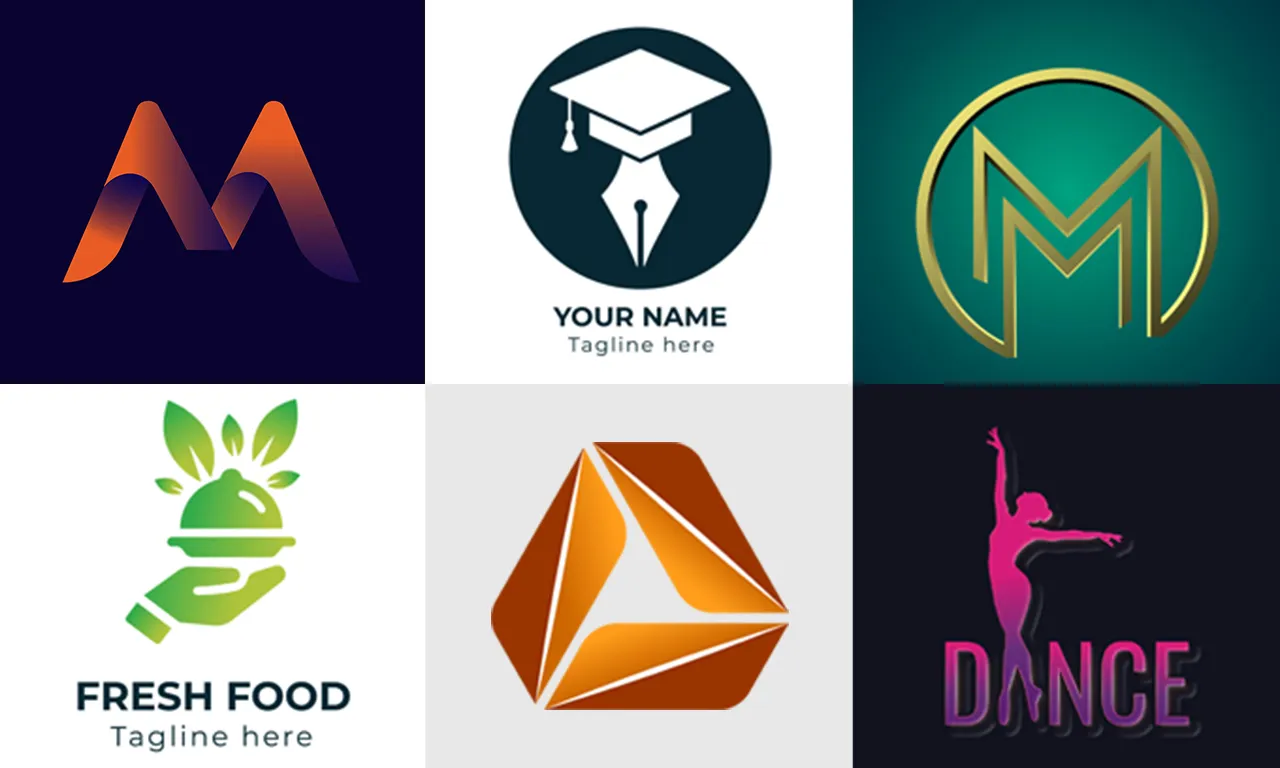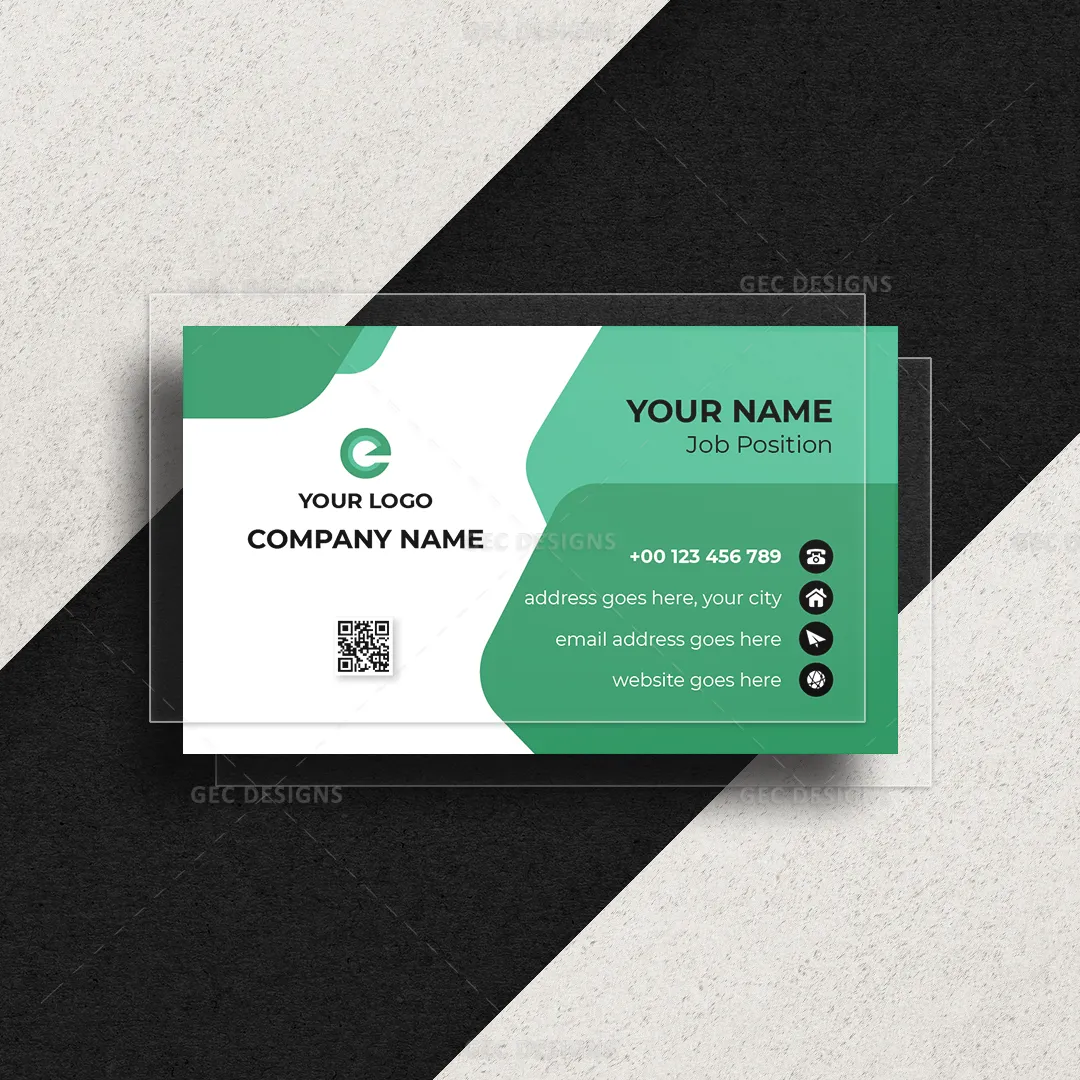The Complete SEO Maintenance Checklist
SEO is an ongoing process – not a one-time event
SEO is a marketing strategy or a set of processes that help a website rank higher on search engine result pages.
Search engines like Google and Bing are constantly changing their algorithms to improve user experience. Due to the ever-changing nature of search engine algorithms, every website owner must keep their SEO strategy up to date.
If you ignore periodic website maintenance, you may lose your rankings to your competitors. Therefore, website maintenance is essential for every website to stay on track.
Here is a complete SEO maintenance checklist that you can follow:
- Track your website's performance
- Audit technical issues
- Audit on-page issues
- Fix broken and redirect links
- Perform backlink analysis
- Maintain local listings
- Update existing content
Track your website maintenance
Frequency: Weekly
You can monitor your website’s performance through Google Analytics or the Google search console.
There are some key metrics that you need to monitor,
- Click through rate
- Conversion rate
- Page views
- Average time on page
- Traffic source
- Bounce rate
By regularly tracking your metrics, you can figure out how your SEO is performing and identify areas that need improvement. For example, if your bounce rate is high, it may indicate issues such as slow-loading pages, poor user experience due to unnecessary pop-ups, or low-quality content.
Recognizing these issues as soon as possible is crucial. This allows you to enhance your SEO strategy before it negatively impacts your overall business goals.
Audit technical issues
Frequency: Monthly
Technical SEO is the process of examining various technical aspects of a website that make it easier for search engines to crawl and index. If a website has technical issues, it may not be indexed properly, which means search engines will not display it on the search engine result pages.
Even if you have great content and quality backlinks, users will not be able to see them if there are issues affecting your website's crawlability. Therefore, technical SEO plays a vital role in helping websites dominate the search engine result pages.
A technical SEO audit typically covers the following areas:
- Page load speed
- Crawl errors
- Redirection errors
- Website security
- Mobile Optimization
- URL structure
- XML Sitemap
- Duplicate content
- Structured data
Conducting a thorough technical SEO audit ensures that your website is optimized for search engines and helps improve its visibility and performance.
Audit on-page issues
Frequency: Quarterly
You have to examine each new page and its content to ensure that you follow on-page SEO guidelines.
Here is the list that you should focus on when you do an on-page SEO audit:
- Use an SEO-friendly URL
- Write compelling Meta tags and title tags
- Make sure your meta descriptions are informative and concise
- Create useful, informative, engaging content
- Make sure all your images are sized correctly and have Alt tags
- Add schema markup for rich snippets
- Provide social sharing buttons for your readers
Make sure that the keywords are correctly placed in the URL, meta tags, meta descriptions, title tags, and Alt tags. Ensure that you do not have duplicate content.
You can also utilize tools to detect on-page SEO issues.
Fix broken and redirect links
Frequency: Monthly
A broken link occurs when a link leads to an empty or non-existent web page. Broken links have a negative impact on your rankings, whether they are internal or external, and they also damage your credibility. They make it difficult for search engines to crawl your web pages. If you have many broken links, Google crawlers are unable to proceed to other pages during the crawl.
The most common causes of broken links are:
- Typographical errors in URL creation
- Recent changes in URL structure without implementing redirects
- Renaming or permanent movement of a page
- Deletion of a page
- Non-existence of a third-party website
- Blocking of a page by a firewall or similar software
Regardless of the cause, broken links can be frustrating for your users. Therefore, it is crucial to promptly find and fix them.
There are lots of tools available to detect the broken links on your websites such as online broken link checker and Screaming Frog. You can also use the Google search console to detect the broken links on your website.
Use 301 redirects that help to redirect the broken page to the new location or You may fix a broken link manually.
Perform backlink analysis
Frequency: Monthly
Backlink analysis involves reviewing a website's backlinks to assess their impact on search engine rankings. Backlinks serve as indicators of a website's authority, making them essential for search engines in determining rankings.
High-quality backlinks can contribute to higher rankings on search engine result pages, while spammy or poor-quality backlinks can have a negative impact on a website's ranking.
Conducting backlink analysis enables you to identify and evaluate the quality of the backlinks pointing to your website, helping you to identify and address any harmful or low-quality links.
The characteristics of bad links are,
- Links from low-authority domain sites
- Repetitive links on the same domain
- Links from sites that are unrelated to your site
- Links from low-quality content
- Links being hidden away in a website’s footer
- Links from penalized websites
- Links from sites with high spam scores
- Links with over-optimized anchor texts
So you need to analyze your website’s link profile regularly and remove bad, low-quality links to improve your search engine rankings. You can use Google’s disavow links tool to remove the bad links.
Here's a complete SEO maintenance checklist, covering all the essential points with detailed guidance on maintenance frequency for easy implementation.
Maintain local listings
Frequency: Monthly or it should be done as needed
Local listing management involves updating and maintaining a business's local data on websites and other online directories. While changes to local listings may not be frequent, it is important to update them whenever there are changes in phone numbers or operating hours.
Failure to update or have incorrect information in local listings directly affects user experience, leading to potential loss of customers, sales, and credibility for the business. Additionally, if Google detects inconsistencies in your local listings, it can impact your search rankings, making it less likely for your business to appear in local search results.
Make sure that the following details are accurate and up-to-date
- Business name
- Physical address
- Telephone number
- Website address
- Operating hours
- Email address
You can use the local listing management tool to update your local listing information.
Update existing content
Frequency: Yearly
If you want your website to remain searchable in search engines and ensure that your audience can find you, it is crucial to regularly update your existing content. When it comes to SEO maintenance for content, there are four key areas to focus on:
- Content Accuracy: Ensure that your content is accurate, up to date, and reflects the most recent information in your industry or niche.
- Keyword Relevancy: Conduct keyword research and ensure that your content is optimized with relevant keywords. Use them naturally throughout your content to improve its visibility and search engine ranking.
- Search Intent: Understand the search intent behind the keywords you are targeting. Ensure that your content aligns with the intent of the users' search queries and provides the information or solutions they are looking for.
- Internal Links: Incorporate internal links within your content to help search engines discover and index other relevant pages on your website. This improves the overall website structure and enhances user navigation.
Content Accuracy
Content accuracy refers to the process of verifying whether the facts, figures, and information presented in your content are still correct and up to date. It is important to regularly review and update your old content to ensure its accuracy and reliability.
One of the easiest ways to check and update your old content is to verify the information and statistics provided and make necessary updates if any changes have occurred. Additionally, you should also check the external links included in your content to ensure they are still active and lead to relevant and reliable sources.
By maintaining content accuracy and updating your old content with recent information, you can enhance its value, credibility, and relevance to your audience.
Keyword relevancy
Researching the latest trending keywords and incorporating them into your updated content is essential for optimizing your website's visibility in search engines. When using keywords, it is important to use them naturally and avoid keyword stuffing, which is the excessive and unnatural use of keywords in your content.
Here are some guidelines to follow:
- Keyword Research: Use keyword research tools to identify relevant and trending keywords related to your content. Look for keywords with a good search volume and moderate competition.
- Relevance: Ensure that the keywords you select are highly relevant to the topic of your content. Focus on using keywords that align with the intent of your target audience.
- Natural Integration: Incorporate keywords naturally into your content. Write for your readers first and foremost, and then find suitable places to include your keywords where they flow naturally within the context of the content.
- Avoid Keyword Stuffing: Avoid the practice of overusing keywords in your content. Keyword stuffing can negatively impact the readability of your content and may even result in penalties from search engines.
Search Intent
Searcher intent is indeed a crucial aspect of content creation and optimization. Understanding and adapting to the changing searcher intent is important to ensure your content meets the needs and expectations of your target audience. By putting yourself in the searcher's shoes, you can gain insights into their motivations, goals, and the information they are seeking.
Here are some key points to consider:
- Research and Analysis: Conduct thorough research to understand the current trends, preferences, and needs of your target audience. Analyze search queries, user behavior, and feedback to identify patterns and changes in searcher intent.
- User-Centric Approach: Focus on creating content that provides value and relevance to your target audience. Address their questions, problems, or interests by aligning your content with their search intent.
- Provide Comprehensive Solutions: Go beyond surface-level information and aim to provide comprehensive solutions to meet the searcher's intent. This can include detailed guides, how-to articles, in-depth analysis, or practical tips.
- Update Existing Content: Review your existing content and update it to match the latest searcher intent. Consider adding new sections, updating statistics, or including fresh examples to ensure your content remains relevant and valuable.
Internal Links
While updating your content, it is important to seize opportunities to add links to new content or pages that may not have existed when the original content was published. Internal linking plays a crucial role in helping search engine crawlers navigate your website and discover new pages.
A page without any internal links is often referred to as an orphaned page. Such pages can take longer for search engine crawlers to find and index. By ensuring that every page on your website has at least one internal link, you facilitate the crawling process and improve the visibility of your pages in search engine results.
When updating your content, look for relevant anchor text opportunities where you can link to other related pages within your website. This internal linking not only aids search engine crawlers but also provides a better user experience by guiding visitors to relevant and useful content.
By incorporating internal links into your content updates, you enhance the crawlability and discoverability of your website, improving its overall SEO performance.
Conclusion
I hope this article will help you maintain your website's SEO. While doing your SEO, you have to keep in mind that SEO is not a one-time process; it is an ongoing process. So, you definitely need SEO maintenance for your website to stay ahead of the race.

Rajanarthagi
Content writer and Marketer
An enthusiastic SEO expert, passion for digital marketing with two years of expertise in writing Digital Marketing and SEO content. She is a Master of Business Administration graduate from a reputed university in south India. Her passion for SEO and online marketing helps her to stay up to date with the trends and strategies. Follow her on social media sites, to stay up to date with SEO, and Digital Marketing, Updates. To contact Raji, visit the contact page.











